Animals
-
 Animals
AnimalsBottlenose dolphin moms use baby talk with their calves
When their babies are near, bottlenose dolphin moms modify their signature whistles, similar to human parents speaking in baby talk.
-
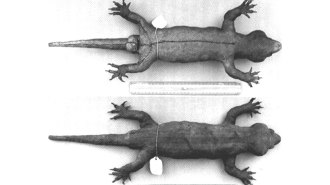 Animals
AnimalsDNA has revealed the origin of this giant ‘mystery’ gecko
A genetic analysis of a 19th century museum specimen, the only known example of the planet’s biggest gecko, has rewritten the animal’s backstory.
-
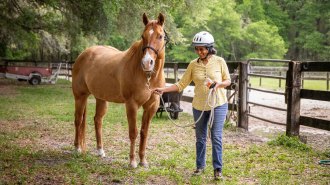 Tech
TechHow understanding horses could inspire more trustworthy robots
Computer scientist Eakta Jain pioneered the study of how human-horse interactions could help improve robot design and shape human-robot interactions.
-
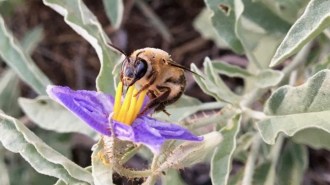 Life
Life‘Polyester bees’ brew beer-scented baby food in plastic cribs
Ptiloglossa bees’ baby food gets its boozy fragrance from fermentation by mysteriously selected microbes.
By Susan Milius -
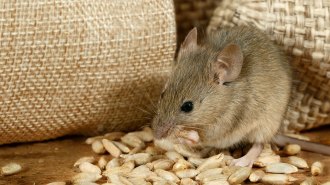 Animals
AnimalsCamouflaging wheat with a wheat smell could be a new approach to pest control
Wheat fields coated in wheat germ oil confuse the noses of mice, reducing seed loss by more than 60 percent, a new study finds.
-
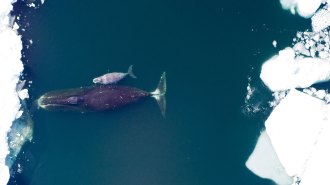 Animals
AnimalsBowhead whales may have a cancer-defying superpower: DNA repair
Bowhead whale cells repair damaged DNA exceptionally well, an ability that could prevent cancer and help the marine mammals live for centuries
By Meghan Rosen -
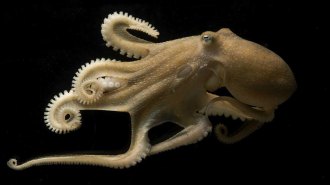 Animals
AnimalsRNA editing helps octopuses cope with the cold
California two-spot octopuses tweak the proteins they make, potentially to help maintain brain function when temperatures dip.
By Freda Kreier -
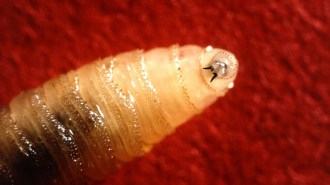 Life
Life50 years ago, flesh-eating screwworms pushed scientists to mass produce flies
"Fly factories” dreamed up in the early 1970s have helped North and Central America keep screwworms in check for decades.
By Nikk Ogasa -
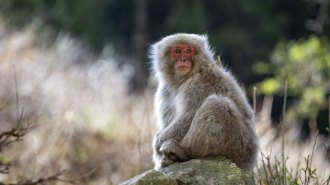 Animals
AnimalsWhen and why did masturbation evolve in primates? A new study provides clues
In a first-of-its-kind comparative study, researchers show that primates were masturbating 40 million years ago and that the behavior may help males keep their sperm fresh.
-
 Life
LifeA gene therapy shot might keep cats from getting pregnant without being spayed
Even after mating with fertile males, females given the cat contraceptive, which targets an ovulation-preventing hormone, did not get pregnant.
-
 Ecosystems
EcosystemsMarjorie Weber explores plant-protecting ants and other wonders of evolution
Cooperation across the tree of life is an understudied driver of evolution and biodiversity, Marjorie Weber says.
By Meghan Rosen -
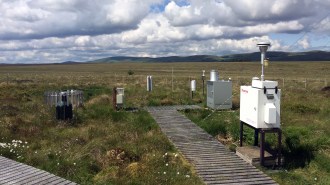 Life
LifeAir pollution monitoring may accidentally help scientists track biodiversity
Filters in air monitoring facilities inadvertently capture environmental DNA, which could give scientists a new tool to track local plants and animals.